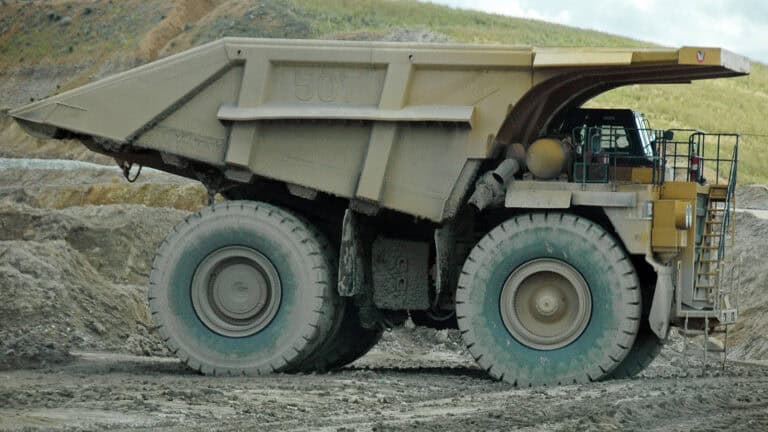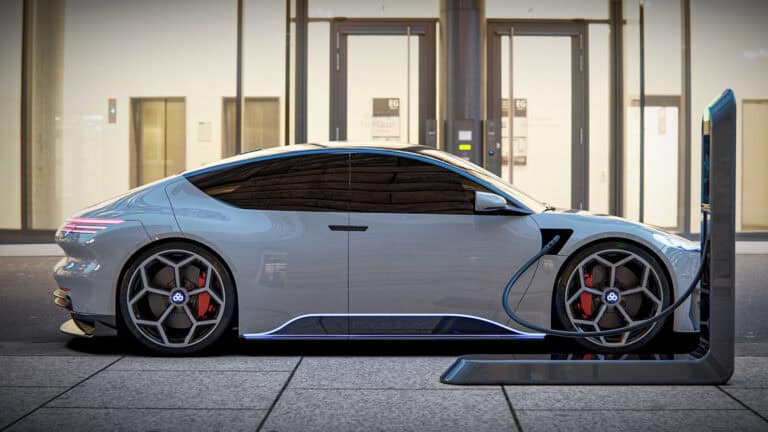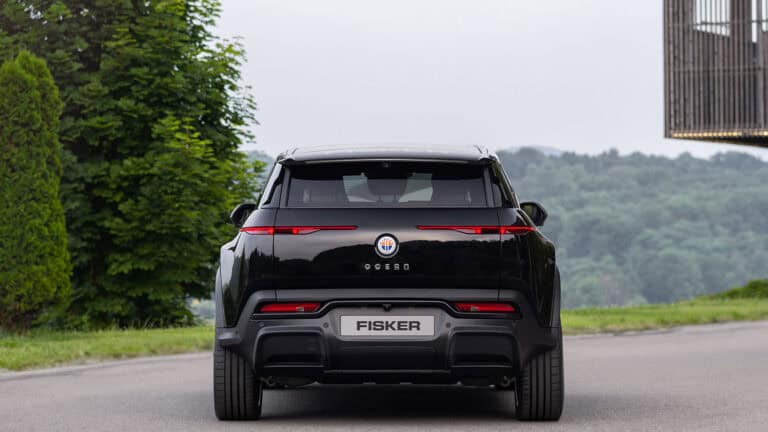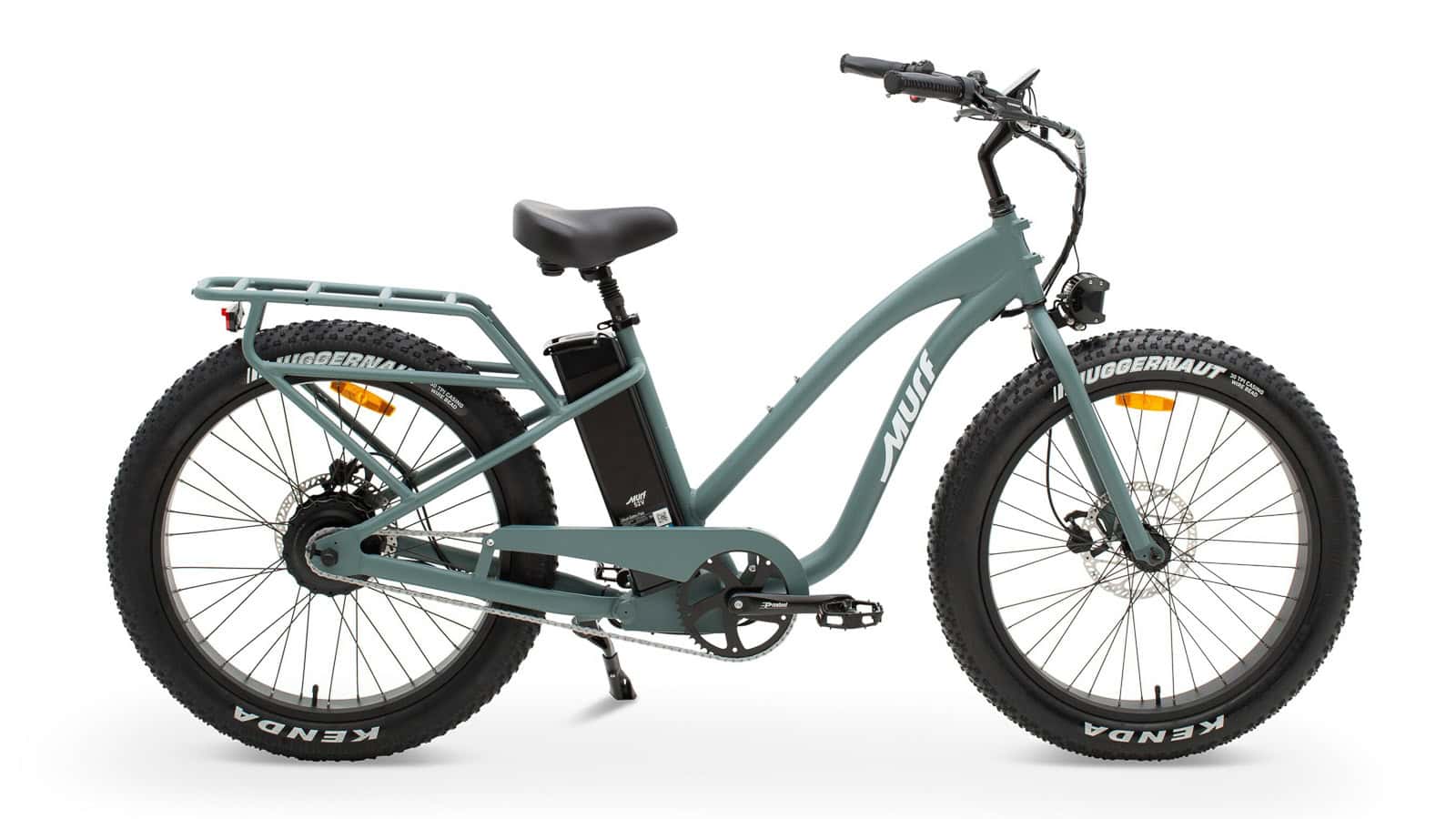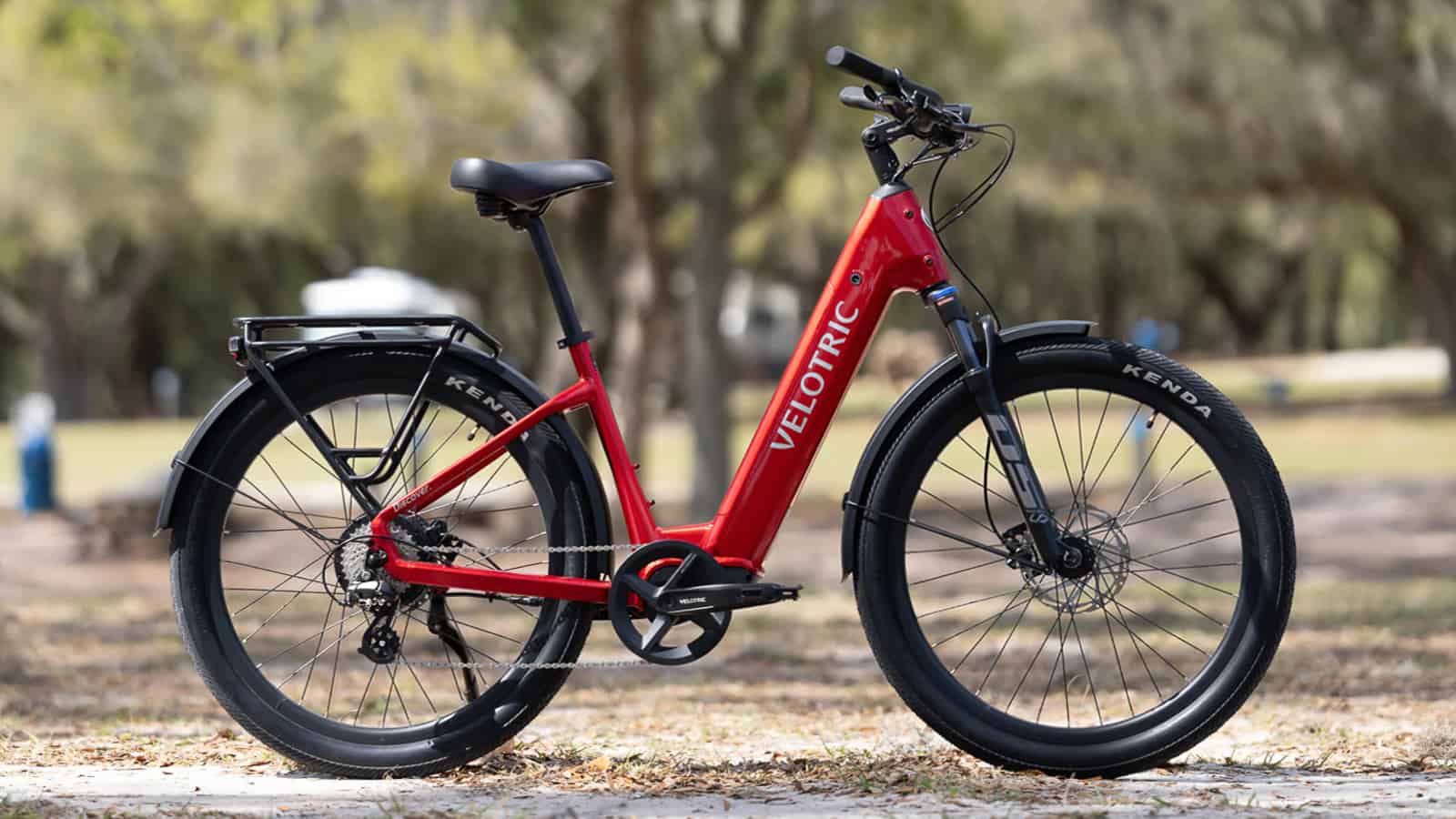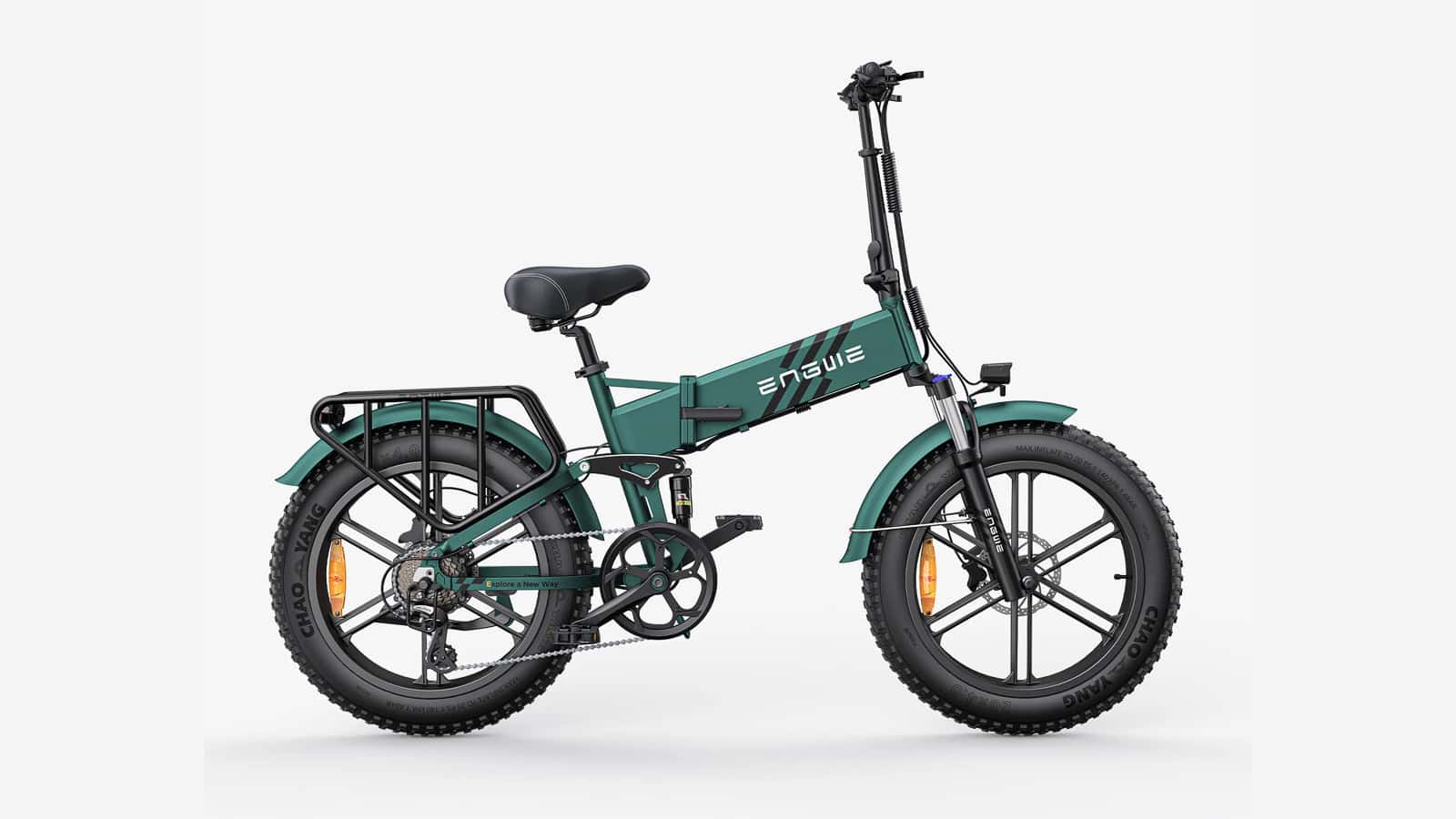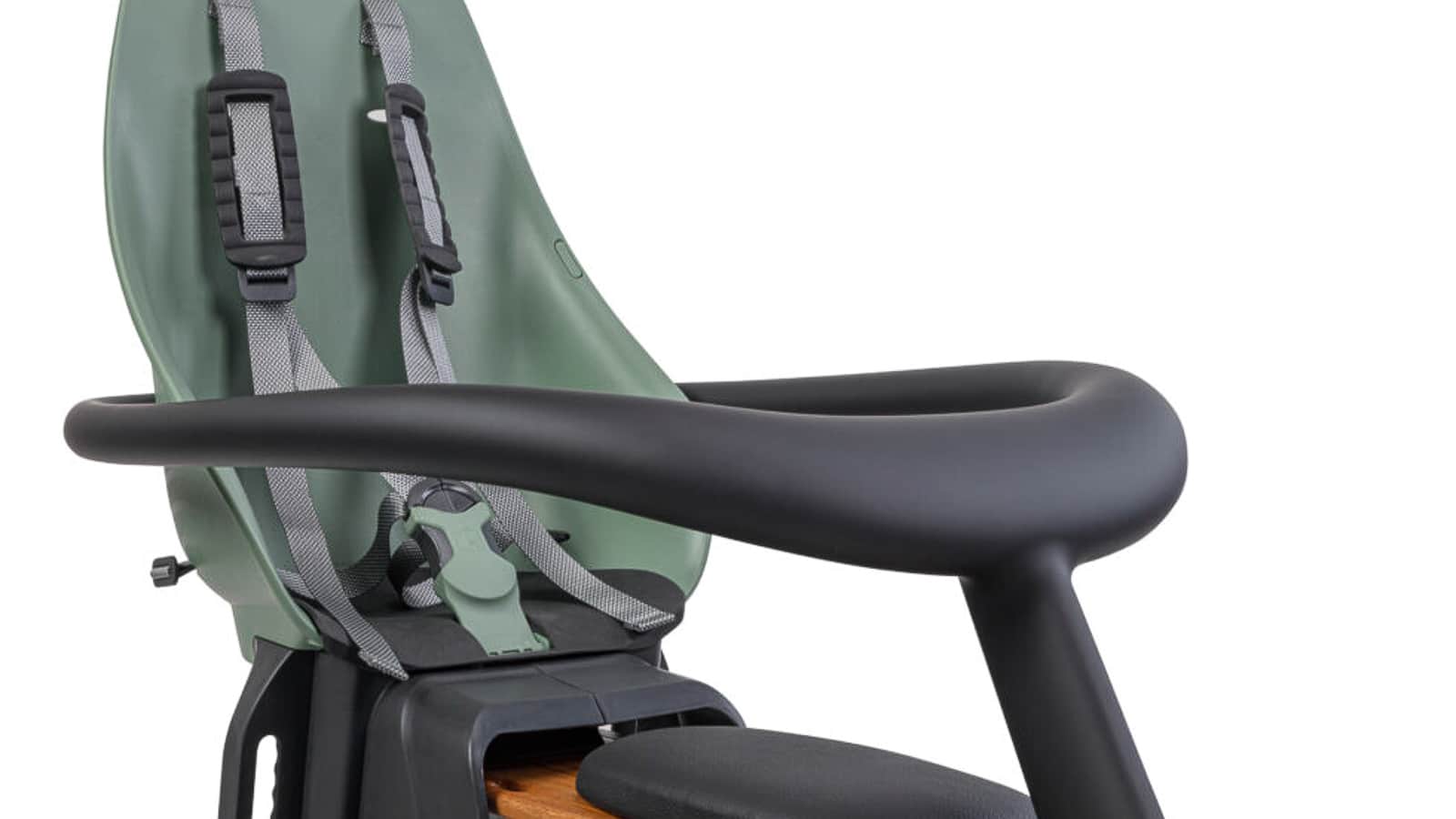Congratulations! You’ve joined the electric vehicle revolution and purchased an e-bike to make your commute and other local travel a little more sustainable (and often easier). You’ve plugged in, charged up, got your safety gear sorted, and you’re ready to go. Bring on Monday morning.
But what happens when you wake up to a rainstorm, does that change everything? Getting drenched is no longer your only worry. Is it even safe to ride your e-bike in the rain? The short answer is yes, you can set off when it’s wet out but there are still some things you need to consider. Let’s dig deeper.
Understanding E-bikes and Water Resistance
Once you’ve got a handle on how an e-bike works, it’s hard not to be tempted by one. An onboard battery powers an electric motor that, in turn, boosts your power with each pedal revolution (or perhaps via the switching on of an automatic throttle). The pedal-assist versions are what you’re likely to be familiar with already. With pedal-assist (also known as Pedalec) you’ll still feel connected to the road and the bike, as the in-charge conduit of forward motion.
Bikes are inherently an outdoor mode of transport and therefore there is a reasonable expectation that they’re weatherproofed and hardy. Meaning they’re good for years of stress-free use.
ADVERTISEMENT
Have you heard of IP ratings?
If you’ve ever used outdoor electrical equipment — such as an electric mower or a power drill — then its IP (ingress protection) rating is your go-to info for understanding how well it’s protected from dust and water — the things that can disrupt your power supply or stop it working altogether.
E-bikes are designed for safe use in the rain, with component parts like the battery, motor, and connective elements housed in sealed units that typically receive high IP ratings — but it’s worth thinking of your e-bike as water-resistant rather than waterproof.
A study published in the Open Transportation Journal states how e-bikes are designed for safe use in the rain, with component parts like the battery, motor, and connective elements housed in sealed units that typically receive high IP ratings. However, it’s worth thinking of your e-bike as water-resistant rather than waterproof.
What does that mean for you? Cycling through a shower or parking up for a few hours in drizzly conditions are generally nothing to worry about. Leaving it out in heavy rain for hours or days on end, however, or expecting it to survive a trip into the river are unlikely to have a positive outcome.

The Risks and Concerns
Now you know it’s safe to do so, your rainy-day e-bike commute is back on. Here are some additional things you might need to know.
Locking up might need a little more thought
Leaving any bike in the rain for hours on end exacerbates the chances of rust and corrosion, but with an e-bike, any loose charge point covers might let in moisture over time too. Flash flooding can also wipe out your electric motor if your bike is parked up on low ground. Try to find secure bicycle parking at or near your destination that has shelter from the wind and rain. This will prolong the life of your e-bike.
Your journey may require extra caution
Puddles can hide damaging potholes, road surfaces can get slippy, and visibility can be hampered by lashing rain. E-bike warranties vary across brands and suppliers, though they typically offer a minimum of one year’s full cover. It’s fair to expect typical wear and tear to include rainy-day cycling, but it’s still best to exercise caution on wet roads as the warranty won’t cover accidental damage.
Be safe during a rainy ride by wearing high-visibility clothing, sticking to well-maintained roads, and going easy on your speed.
There was a study published in the Journal of Safety Research that looked into bike accidents and the weather. Guess what they found? Riding a bike in the rain actually increases the risk of accidents compared to riding in dry conditions — no surprises there. Rain makes the road all slippery, so e-bikes can skid or lose control more easily.
That means if you’re riding your e-bike in the rain, you need to be extra careful. Slow down, especially when turning or stopping to avoid sliding. And watch out for other vehicles and pedestrians since rain can impact visibility.
Now, keep in mind that the study didn’t specifically look at how rain affects e-bike parts or water resistance. But it’s a reminder that we need to be more aware and cautious when riding our e-bikes in wet weather to keep ourselves and others safe. Safety first, always!
Guidelines for Riding an E-bike in the Rain
If you’ve just upgraded to an e-bike, it’s worth thinking about how best to use and care for what was no doubt a great investment into sustainable travel. Just like any other bike journey, wearing a safety helmet should be considered essential, but what else is recommended?
- The legal speed limit for pedal-assisted e-bikes in the UK is 15.5 mph, with many bikes using dampers to keep you well within those limits. In the USA it’s 20 mph or less under motor power alone, although many states use a tiered system so check local laws.
- Urban cycling in mixed-use areas often requires nerves of steel! Staying alert to your surroundings, using your bell as a polite awareness tool, and following the rules of the road will stand you in good stead. Remember, an e-bike can go fast so it’s better suited to the road than a shared cycle path where you might come across pedestrians.
- If time allows, wipe down your e-bike after a rainy ride. Not only will you dry off your machine, but the habit will also keep you familiar and up-to-date with smaller maintenance items that can take a hit from adverse weather conditions, such as tire pressure top-ups, chain management, and spoke checks.
- If possible, get a cover for your bike. This isn’t a replacement for finding a sheltered lock-up spot but it adds an extra layer of protection against moisture.
According to research on the effect of adverse weather conditions on vehicle braking distance of highways, wet conditions can impact a vehicle’s braking distance. Now, even though the study focused on highways, the same idea can apply to e-bikes too. What they found is that when the roads are wet, vehicles need more space to come to a stop. Why? Because the wet surface makes it harder for the tires to grip the road.
The same goes for your e-bike; wet weather can increase your stopping distance so make sure you give yourself enough time to come to a stop when approaching junctions, and make sure there’s enough space between you and the vehicle in front to ensure you can stop quickly if you need to.

Necessary Equipment for Rainy Rides
If you like the idea of preparing yourself and your e-bike for all eventualities, there are plenty of useful steps you can take.
- Adding fenders and mudguards to your e-bike will not only protect your clothing from the worst of the mud and rain you might encounter, but they can also help to deflect the worst of the weather away from your bike’s most crucial moving parts.
- Waterproofing your workwear for rainy day cycles goes without saying, but you could also consider adding a waterproof battery bag to your set-up, especially useful for muddy conditions.
- Spare clip-on lights and an absorbent mini towel are also useful lightweight additions to your daily rucksack. While they might not get used regularly, they’ll be the hero you need when the weather takes a turn for the worse.
When to Avoid Riding an E-bike in the Rain
If you’re wondering when to draw the line weather-wise and consider other modes of transport like ride-sharing or public transport instead, there are no hard and fast rules.
What might be a fun challenge for some cyclists, like a smattering of snowfall or a dramatic thunderstorm, could feel over the limits for others, therefore it’s good to know where you stand before being faced with no other option but to head out into your own personal abyss.
Check the weather before you ride and know that while you are safe to ride an e-bike in the rain, you don’t always have to. Come rain or shine, there’s never been a better time to join the e-bike revolution. The freedom to go further or faster with assisted pedal power, whatever the weather, can transform the way you move around your city, town, or village.
Each e-bike journey made not only improves your own health and happiness, but it’s also great for the environment around you too. Staying safe while cycling, while taking steps to keep your e-bike well-maintained, will allow you to enjoy that freedom for years to come.
ADVERTISEMENT

SOURCES | FEATURE IMAGE: OPEN TRANSPORTATION JOURNAL, NATIONAL LIBRARY OF MEDICINE, RESEARCHGATE | GENARO SERVIN
FTC: We use income-earning auto affiliate links. Learn more.












